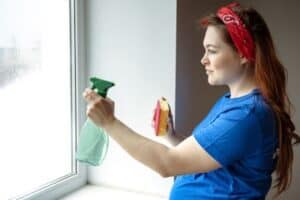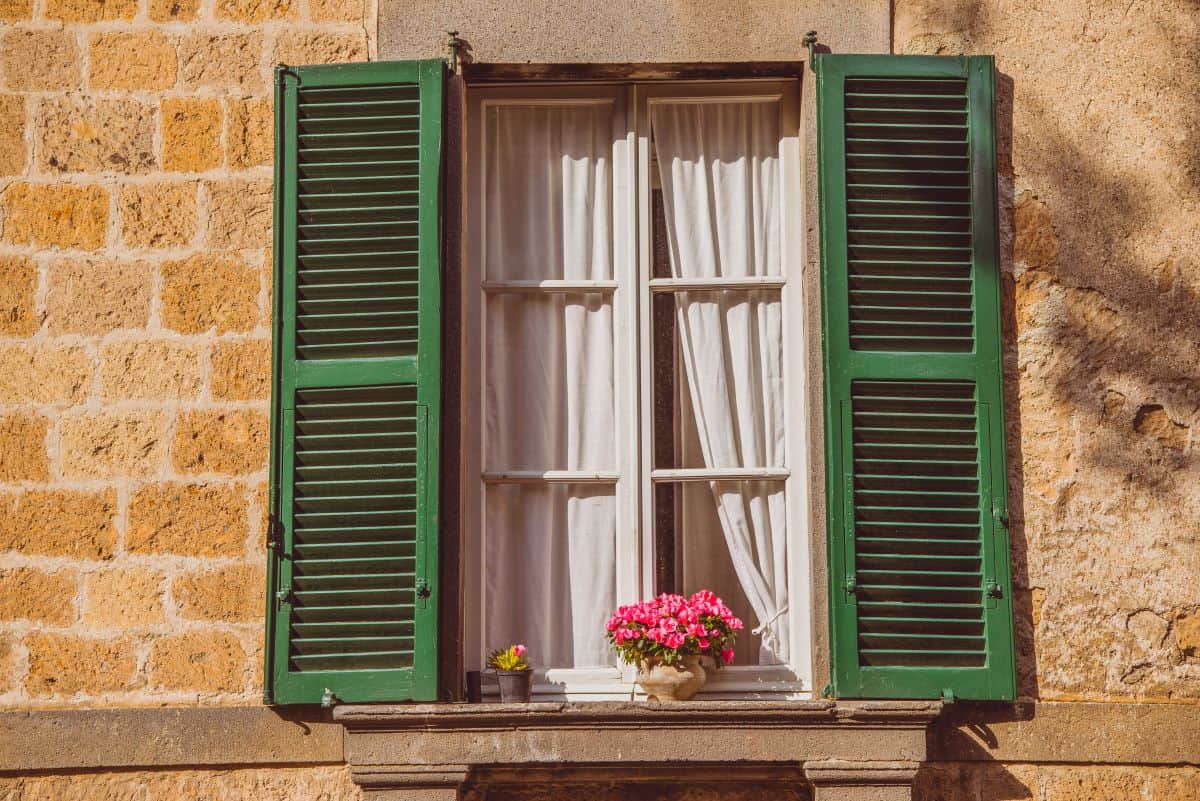Tips for Resealing Glass Windows
Are you are noticing the windows of your house doing exactly what they shouldn’t be? Are you finding that more and more window panes, especially in rooms on the south side, are letting heat through even though it’s only springtime? This may mean that one or more of your windows have lost their seal, which is allowing air to pass through.
So, how can you reseal your loose glass windows? There are many ways to reseal loose glass windows depending on what caused the loose windows to begin with. Although resealing your windows will take a bit of effort and elbow grease, it will be well worth it in the long run.
This isn’t just a cosmetic issue either. If too many windows lose their seal for long periods, then not only will you start seeing cracks in masonry around them but it could lead to larger problems with drafts throughout the home.
What Causes Loose Windows?
The reason your glass window may be loose is due to several common causes:

Faulty Installation
If the hardware used for installation was either insufficient or defective, this can cause the glass window to come unfastened and become loose over time.
Improperly Installed Glass
If the window itself was not sealed properly when it was inserted into its frame, this too could lead to a faulty seal and might cause it to become loose, especially if exposed to severe weather conditions for extended periods.
This problem usually occurs in older homes that have been around longer than 20 years.
Environmental Factors
Moisture and temperature changes can cause glass windows to come loose.
In coastal areas, moisture from the sea air will invade the home to corrode metal hardware, while moisture in an arid climate may expand wood screws that hold the glass into its frame.
Inadequate Hardware
If you have tried all of these problems and your window is still wobbling, it could simply be due to a lack of strength in the materials used to secure it.
Loose locks and latches are also a common problem with older homes where weathering has taken its toll on each component.
Resealing Your Windows
Luckily for homeowners, there are some steps to take when this happens so that you can return your window’s former purpose within no time at all. Here’s how you can reseal your loose glass windows as a DIY project.
What You Will Need:
- Bucket of warm water
- Scrub brush
- Rubber gloves
- A spoon
- Window putty (enough for each window, plus a little extra)
- Putty knife/spatula
- Glass cleaner & cloths or paper towels to clean glass with
- White vinegar or ammonia to use as a cleaning agent if the first one mentioned wasn’t used earlier on interior glass surfaces before you began working on the exterior of those same windows.
Step 1
First, you will want to remove all objects from within your windows that may have been placed there by mistake and then take off any valances that may be affixed to the exterior of your windows.
Step 2
Once you’ve done this, fill a bucket with warm water and add a tablespoon of household cleaner to it. This will be used to clean both sides of the glass window pane to ensure a smooth seal when finished.
You may want rubber gloves for this step to prevent getting the soapy solution on your hands, although if you do get some on them just wash it off quickly because chances are you’ll have to put your hands back into the bucket later anyway. If no cleaner was used then just use water from the bucket or tap water in either case.
For us not to repeat ourselves each time we refer to our two sides here’s what we mean: the exterior side of a window is what you see from outside, and the interior side of a window is what you see from inside your home.
Step 3
If you have a tub or sink that isn’t being used then fill it up halfway with warm water and allow those windows to soak for at least 30 minutes to loosen any dirt or grime that may be resting on them before continuing onto the next step.
Step 4
After this soap and/or vinegar mixture has been allowed enough time to settle in, take out one pane of glass at a time and then gently allow each one to be rinsed off thoroughly using solely warm water until they appear clean enough to proceed further.
Don’t use cold water if possible because it will have a more difficult time drying and you don’t want to risk any chance of moisture getting between the glass panes.

Step 5
Once each pane has been thoroughly rinsed, put them back into their respective window holes or onto a clean towel if they’ve been soaking long enough for you to be able to do that without allowing water from one side of it to get onto the other.
Removing the glass up to this point will allow it to dry faster, which will help in sealing more tightly at a later phase in this process. This is why we did this step last after having gone over both sides of the glass with our cleaning solution/water mixture.
Step 6
After removing all of your glass panes from their current areas, make sure to clean the channels in which they were sitting.
This is the space between each pane of glass where water or air can pass through if not sealed well enough, and you will want to make it good as new again for this next step.
Step 7
Once all of your glass panes have dried off sufficiently place a liberal amount of sealant into each channel where there used to be one or more panes of glass until they are full but not overflowing onto other areas.
Wipe any excess away with either your putty knife or an old rag so that only the bare minimum remains within your window channels.
Step 8
Next, you will want to take some putty (about half an inch) and wedge it down in between the glass panes where you placed the sealant earlier on.
You can use either your knife or a screwdriver to tuck it in there but by hand is okay too.
Step 9
Use your putty knife or putty press, which is an insert that’s designed for pushing putty into gaps between objects, to flatten out all of the areas with the excess sealant that has become visible due to being pushed out of place by the new layer of putty coming behind it.
Once you are finished this step with whatever tool you used, wipe away any residue again so as not to leave it stuck on the glass surface during cleaning later on.
Step 10
The exterior side of your windows will now need to be cleaned again before resealing, which is why it’s not good to completely cover the glass with putty beforehand.
Leave about half an inch on either side of your window (and an additional one or two inches at the top and bottom of each pane if they are tall) so that you can clean them without sticking your tool into any of the sealants behind it.
Step 11
After cleaning both sides return to your windows and double-check to make sure all excess residue has been wiped away, then use a thin layer of silicone caulk on both sides just like you did with the putty.
This time wipe away any residue left over once finished before doing anything else because leaving this behind could cause problems during future steps when trying to push down more layers of putty or silicone.
Step 12
You are now ready to begin the next step of this process which is sealing your windows by applying another thin layer of putty, just as you did before but without cleaning first.
Make sure not to cover the entire window with it because you want to allow for enough room to be left so that you can clean off any excess sealant later on if necessary.
Step 13
After applying only a light coat of putty over each window pane begin tucking the substance firmly into place using your tool until there’s no more excess visibly sticking up.
You should try and make sure that there are no ridges near any edges, although this may take some practice (and patience) on your part. Be careful not to push the sealant into the channel where your glass panes are sitting.

Step 14
Once you have finished applying all of your putties clean off any excess residue that got left behind using a damp rag.
You should also clean these areas again once everything is completely dried to get rid of any thin lines or other strange spots that might be present if residual material was still stuck on at this point.
Step 15
Finish up by reapplying another thin layer of silicone caulk over top of all of your previously applied putties, making sure that nothing else gets pushed down in between your window channels or onto the glass itself during this process.
After it’s dried completely go ahead and clean one more time with a damp rag and try opening and closing your windows to make sure that they shut tightly without any excess force or resistance.

